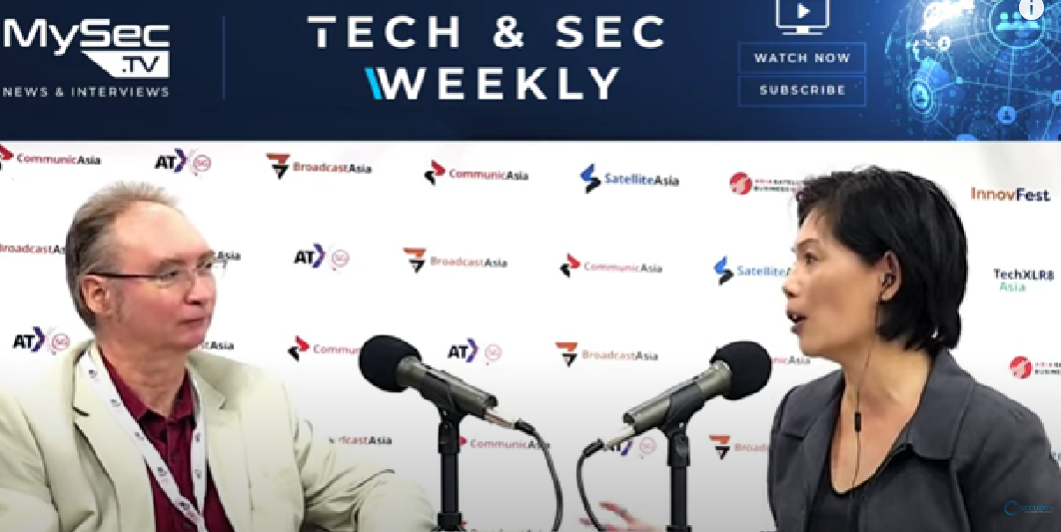Exploring the Synergy of Quantum & Blockchain: An Interview with Paul Griffin, Assistant Director of Master of IT in Business & Associate Professor, Singapore Management University

The intersection of quantum computing and blockchain technology is a captivating field that promises to revolutionize various industries. In a recent interview, Jane Lo from MySecurity Media sat down with Paul Griffin, an Associate Professor of Information Systems at Singapore Management University, who shared his insights on the fusion of these two emerging technologies. With his background in quantum computing and extensive experience in the financial industry, Griffin provided a unique perspective on the potential of quantum to enhance blockchain protocols.
Blockchain Trilemma & Quantum Networks
Griffin started the discussion by highlighting the Blockchain Trilemma, which suggests that scalability, speed, and decentralization are difficult to achieve simultaneously within blockchain systems. He proposed that quantum technologies could address this challenge by improving security through the use of quantum networks.
“Quantum networks are very secure channels where you’re exchanging these qubits with each other,” said Griffin. Unlike classical networks, a quantum network instantly detects any attempt to breach the system, ensuring communication security.
Enhancing Consensus & Speed
Expanding on the potential impact of quantum on the blockchain, Griffin described his experiments involving three interconnected nodes on a quantum chip. By leveraging entanglement, he demonstrated that consensus, the core of blockchain’s decentralization, could be expedited.
“We can have more nodes, quantum scales up very nicely with a two to the power of the number of nodes. So we can have more nodes, more information,” he stated. This scalability in quantum technology could enable blockchain to handle big data, facilitating consensus on a larger scale.
Addressing Security Concerns
Lo raised the concern that quantum technology could also empower hackers, but Griffin responded confidently, “If a hacker does read it, you know it’s been read. So, yes, we still have to be careful to make it as secure as possible so people can’t read it.”
The ability to detect breaches in real time is a significant advantage of quantum systems, enabling prompt actions to mitigate security risks. Griffin emphasized the importance of maturing the technology and maintaining high levels of security as blockchain protocols evolve.
Quantum, Blockchain & AI
The conversation then shifted toward the integration of artificial intelligence (AI) with quantum and blockchain technologies. Griffin envisioned a future where quantum sensors, quantum networks and quantum computers work harmoniously to deliver transformative results. He also highlighted his research on quantum neural networks, where qubits act as artificial neurons, demonstrating training speeds up to 10 times faster than classical methods. This confluence of quantum, blockchain, and AI opens up possibilities for exponential advancements in various domains.
The interview with Paul Griffin provided valuable insights into the combination of quantum and blockchain technologies. Griffin’s research and expertise shed light on the potential for quantum networks to enhance security, scalability, and consensus mechanisms in blockchain protocols. While acknowledging the need for caution regarding security vulnerabilities, he expressed optimism about the overall advancements that quantum can bring to the blockchain industry. As these technologies continue to mature, the future holds exciting prospects for quantum-enhanced blockchain systems and their integration with artificial intelligence.
Featured image: MySecurity Media TV
